Why Stamp Grading and Centering Matters
Over the past 20 years, I have followed closely the discussion over stamp grading and stamp centering. On Jan. 11, 2000, the first version of EzGrader was released. It was initially meant to be a program to be used by myself only.
For many years, I was frustrated by purchases I made, both online and in person, where stamps were sold as VF, XF etc, when in fact they were not. For me, the CENTERING of a stamp is purely mathematical. I knew I could develop software to “level the playing field”. In fact, since 2000, I have not purchased a stamp without first measuring it with EzGrader.
Let’s first make sure we understand that the eGrade produced by EzGrader strictly defines & determines the CENTERING of a stamp. Centering is the most critical factor in determining the overall grade of a stamp. Centering is also the most reliable & easily verifiable measurement. Many other terms are used by dealers & experts to ‘adjust a stamp’s grade’ by factors which cannot be easily verified or uniformly applied. Terms like Bright Color, Sharp Impression and other non-calculable metrics are used by many in the industry. Defects in a stamp (tears, thins etc.) will always decrease the grade of a stamp. For me personally, I first look at the centering, & then determine if any faults exist, and whether I am willing to purchase it.
Centering is critical & ultimately will determine whether I purchase a stamp or not.
In fact, an otherwise perfect post office fresh stamp, with perfect original gum, perfs etc with NO imperfections of any kind, will have the same eGrade as the adjusted grade for imperfections such as tears, perf defects etc. used by third party grading entities. Conversely, a perfectly centered stamp with imperfections will have a lower adjusted grade than the eGrade reported by EzGrader. EzGrader cannot and does not measure any of these factors. That is a much more subjective determination, albeit that guidelines do exist on how to increase or decrease a stamps grade based on these other criteria.
Now lets have a look at why it is so important to know the true centering of your stamps and how you can use it to great advantage and profit.
Amos Media/Scott have for many years now published the Extended Price guide for US Stamps in the US Specialized catalog (an invaluable reference. If you do not have it, you are missing incredibly important information on stamp valuation). They provide pricing for selected US stamps in 8 grades ranging from VF-50 to Superb-98 as shown below.
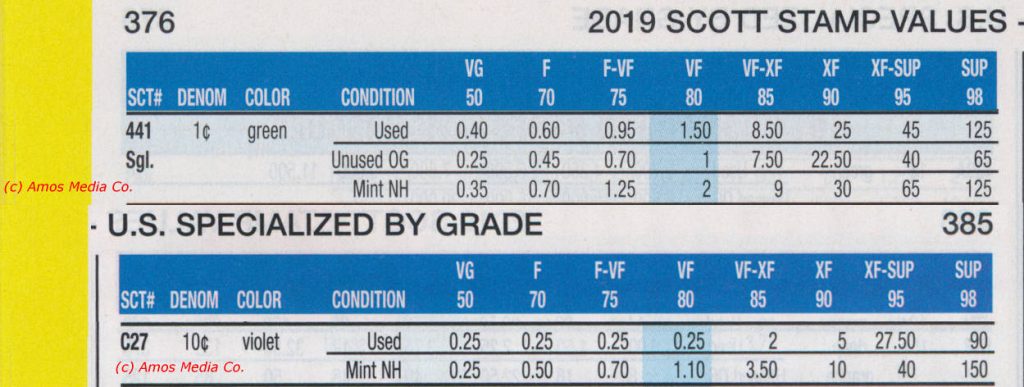
A common stamp (Sc#441) in MNH-VG-50 is priced at $0.35 whereas a MNH-SUP-98 is valued at $125. Another example is Sc#C27 in MNH-VG-50 which is priced at at $0.25 whereas a MNH-SUP-98 is valued at $150.
Now it should be obvious why knowing the true & accurate centering of your stamps is a CRITICAL piece of information, both when you are purchasing & selling your stamps.
The two stamps mentioned above are plentiful, but in over 15 years of searching, I have only found 2 copies of #441 which graded 98 or higher & only 1 copy of C27 which graded 98. Simply put, perfectly centered stamps are extremely difficult to find. The naked eye is rarely able to differentiate a grade of 90 from 95 or 98 from 100. Your eyes can also be easily misled.
Look at the difference in value between a 95 & a 98 in the two stamps listed above.
Be aware that longer perf tips on any side of a stamp can make the stamp margins appear larger than they really are to the naked eye. That is why I always use EzGrader to measure the centering of any stamp I buy or sell. In fact, with any stamp I sell, I usually will provide the eGrade certificate from EzGrader (see later in this document).
Firstly, to have a stamp graded by the major industry experts, will cost you from about a minimum of $10 to $40 depending on the stamp. Fees range from $10 to 6% of Catalogue value.
Don’t get me wrong. Expertizing & authentication are valuable tools, but they are expensive & take time (up to 2 months). You need to be selective in which stamp you send for authentication & grading.
What I do is scan all my stamps & use EzGrader to guide me as to which stamps I should get expertized. For example, why send a stamp to be expertized that has an eGrade of VG-65. But a XF-98 deserves attention. In many cases, stamps do NOT need to be expertized, especially if you know which ones. Many common & modern stamps do not need expertization, where as classic stamps have been re-gummed, re-perfed or otherwise altered and should be authenticated by experts. EzGrader does NOT authenticate stamps nor can it detect forgeries or other alterations. That is left to experts and third party organizations.
Lets look at these 5 examples below of Sc#441. Can you tell which is the best one?
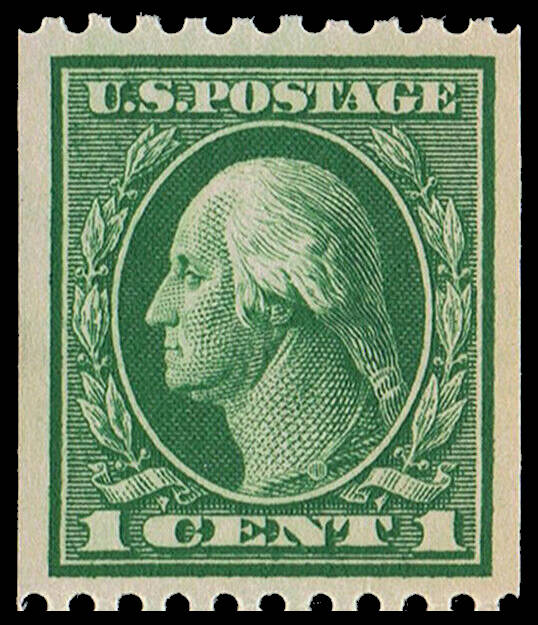 Copy 1 |
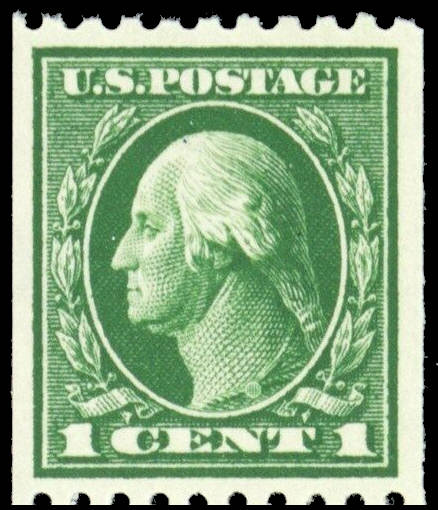 Copy 2 |
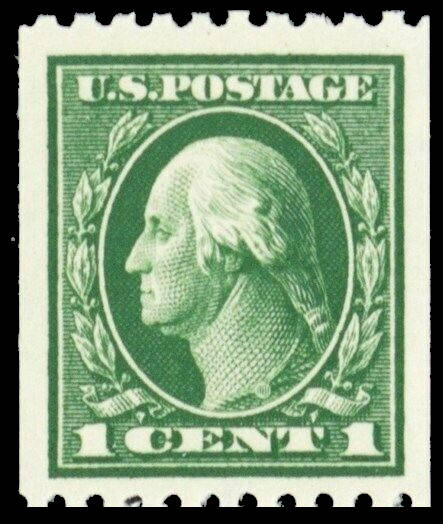 Copy 3 |
 Copy 4 |
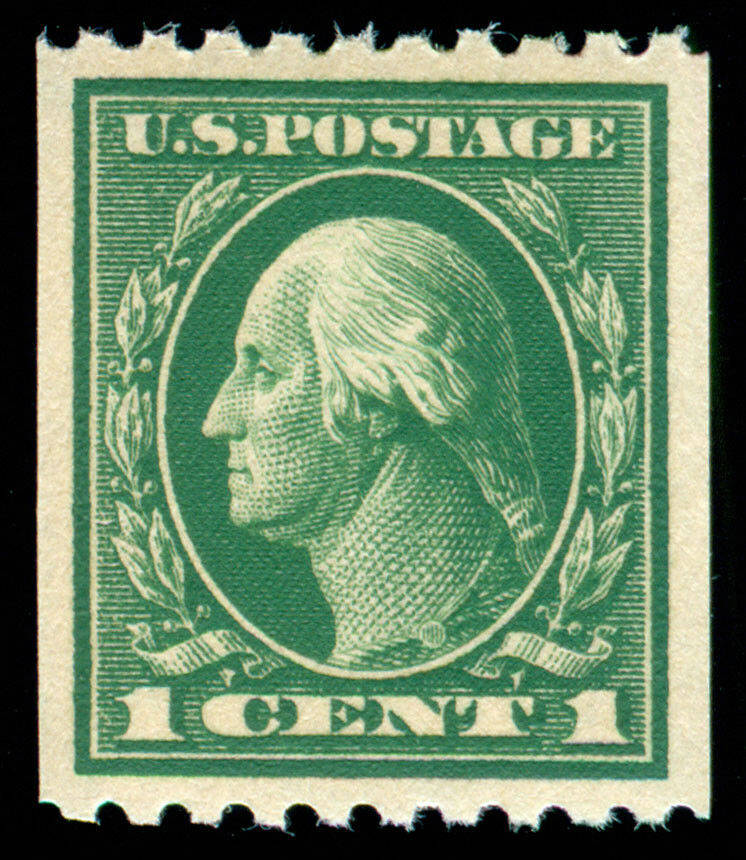 Copy 5 |
EzGrader can! Click below to see the results and compare.
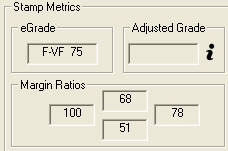
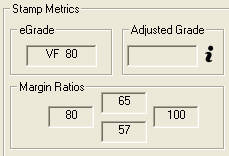
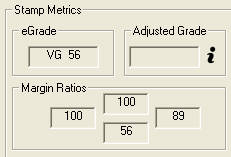

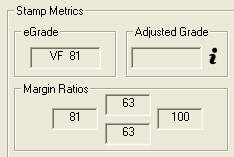
As you can see, ‘If EzGrader scores a stamp more modestly, it truly is what it is with no emotion, no pride of ownership and no subjective considerations in the calculations.’ The numbers don’t lie.
Here are 3 Sc# C27 for your consideration
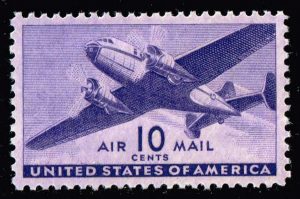 Copy 1 |
 Copy 2 |
 Copy 3 |
Click below to see the results and compare.


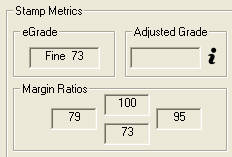
As demonstrated here, accurately measuring the centering of your stamps is a critical factor that can be advantageous to buying and selling stamps. It also lets your buyers know exactly how you measured your stamps & that you can substantiate your claim of centering and offer an eGrade certificate like the one shown here for one of the stamps listed above (SC#441 GEM-100)
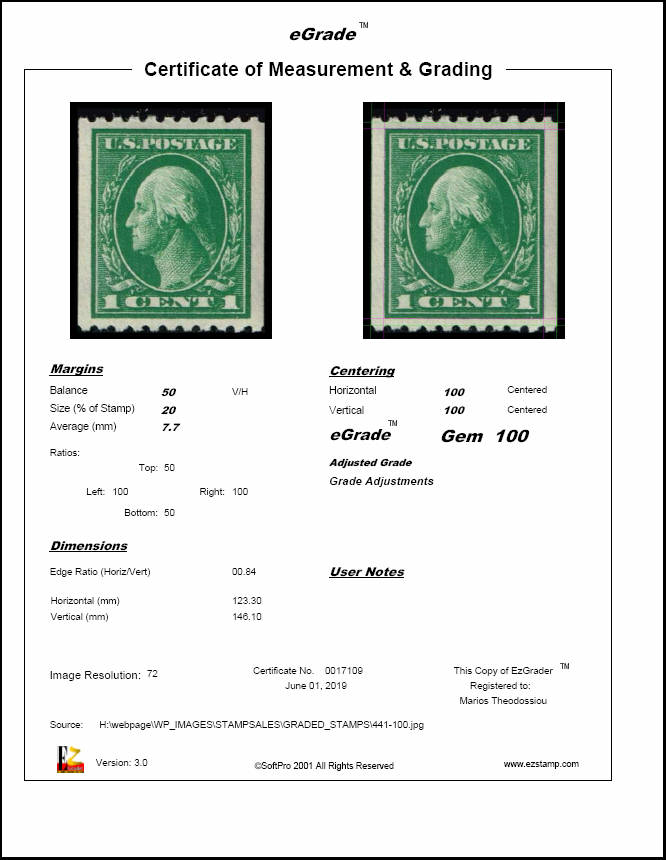
There will be many instances where the eGrade will differ from stamps graded by third parties. This can be for many reasons as stated earlier (defects, opinions and adjustments that cannot be measured quantitatively and require subjective determinations). What we recommend is to use common sense and trust the math. Look at the data that EzGrader provides and make a determination from that data. You can then decide if the stamp is a candidate that warrants the expense of a Certificate and Authentication from a third party. We fully understand the exceptional value provided by third party expertizers in determining the authenticity of a stamp as well as the expert opinions provided in regards to alterations and identification of a stamp. But there are times where EzGrader will disagree with the centering and grade determined by third parties. We choose to trust the math. We let the numbers speak for themselves.
Please be aware that EzGrader is a tool we provide to collectors so they can make informed decisions about the centering of their stamps. It is based solely on the mathematical centering that is very accurately determined from the image you provide. Most third party expertizers and grading entities will make their own determinations of centering. We just choose to use EzGrader as we can see for ourselves how the centering is determined.
If you are purchasing stamps, it pays to inform yourself and determine for yourself that the stamp being offered and the grade being advertised is truly what the seller states. EzGrader gives you those tools. And yes, the Sc#441 & C27 shown above are both for sale. Contact us if you are interested.